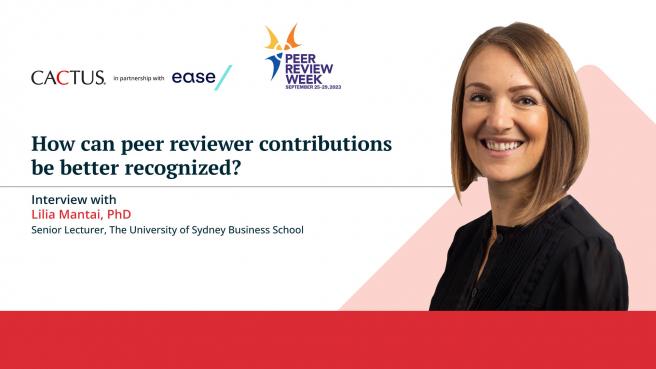We need to treat all manuscripts equally, irrespective of gender, race, or demographic

For journals to achieve diversity and inclusion in the peer-review process requires them to ensure that submitted manuscripts are reviewed in a fair manner; they need to be treated equally, irrespective of gender, race, or geographical location. However, this is a difficult ask because journals outsource the review-process to external reviewers. As a consequence, journals should ensure that their reviewers are made aware of their diversity and inclusion requirements, although this is difficult to police.
During my short time as a guest editor of a leading journal, I noticed that reviewers from some demographics were harder on female lead authors, and commonly (and somewhat ironically) reviewers that were not native English speakers themselves tended to be the most critical of the English of authors who were also not native English speakers, which sometimes led to a comedy of errors. Sometimes reviewers were particularly easy on authors with large reputations.
Perhaps the best way to achieve diversity and inclusion in the journal peer-review process is to have the names and affiliations of the authors removed from the manuscript prior to review. This would immediately remove some of the inherent prejudices mentioned above. The other, and probably a more effective practice, would be to ensure that journals each have a diverse set of reviewers, from gender, ethnicity, and demographic perspectives.








